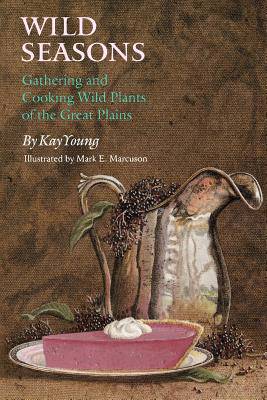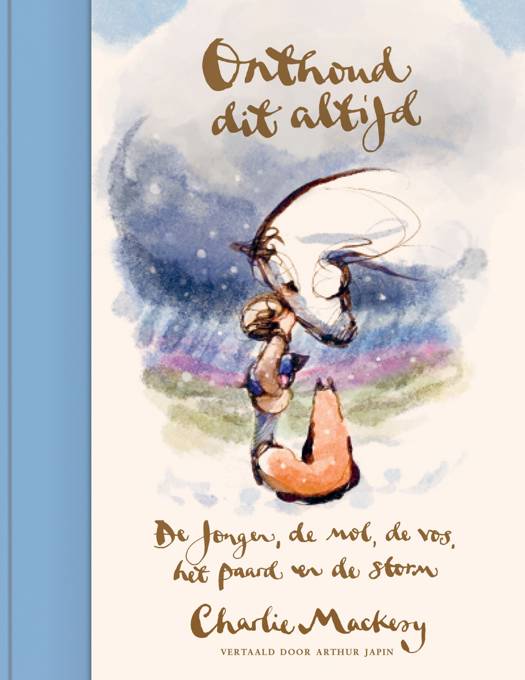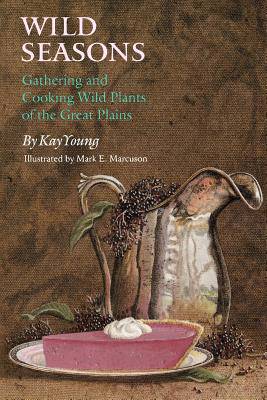
Je cadeautjes zeker op tijd in huis hebben voor de feestdagen? Kom langs in onze winkels en vind het perfecte geschenk!
- Afhalen na 1 uur in een winkel met voorraad
- Gratis thuislevering in België vanaf € 30
- Ruim aanbod met 7 miljoen producten
Je cadeautjes zeker op tijd in huis hebben voor de feestdagen? Kom langs in onze winkels en vind het perfecte geschenk!
- Afhalen na 1 uur in een winkel met voorraad
- Gratis thuislevering in België vanaf € 30
- Ruim aanbod met 7 miljoen producten
Zoeken
€ 38,45
+ 76 punten
Omschrijving
For nature lovers as well as cooks, there's plenty to whet the appetite in this unique field guide-cum-cookbook. Starting with the first plants ready for eating in the early spring (watercress and nettles) and following the sequence of harvest through the late fall (persim-mons and Jerusalem artichokes), Kay Young offers full, easy-to-follow directions for identifying, gathering, and preparing some four dozen edible wild plants of the Great Plains. And since most of the plants occur elsewhere as well, residents of other regions will find much of interest here. 'This is not a survival book," writes the author; "only those plants whose flavor and availability warrant the time and effort to collect or grow them are included." The nearly 250 recipes range from old-time favorites (poke sallet; catnip tea; horehound lozenges; hickory nut cake; a cupboardful of jams, jellies, and pies) to enticing new creations (wild violet salad, milkweed sandwiches, cattail pollen pancakes, day-lily hors d'oeuvres, prickly-pear cactus relish). Reflecting the author's conviction that just as we can never go back to subsisting wholly on wild things, neither should we exclude them from our lives, this book serves up generous portions of botanical information and ecological wisdom along with good food.
Specificaties
Betrokkenen
- Auteur(s):
- Uitgeverij:
Inhoud
- Aantal bladzijden:
- 318
- Taal:
- Engels
Eigenschappen
- Productcode (EAN):
- 9780803299047
- Verschijningsdatum:
- 1/08/1993
- Uitvoering:
- Paperback
- Formaat:
- Trade paperback (VS)
- Afmetingen:
- 152 mm x 226 mm
- Gewicht:
- 498 g

Alleen bij Standaard Boekhandel
+ 76 punten op je klantenkaart van Standaard Boekhandel
Beoordelingen
We publiceren alleen reviews die voldoen aan de voorwaarden voor reviews. Bekijk onze voorwaarden voor reviews.









